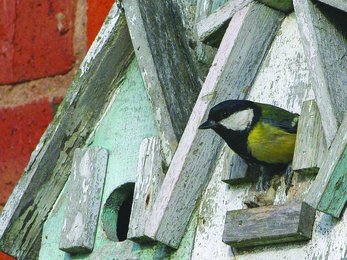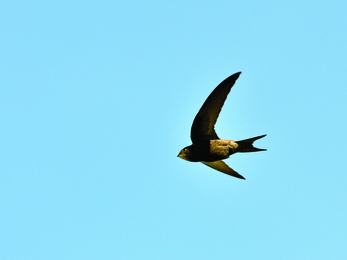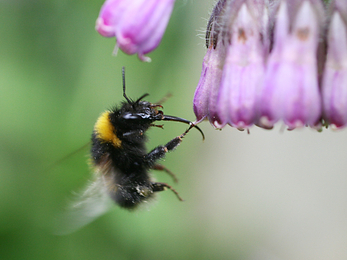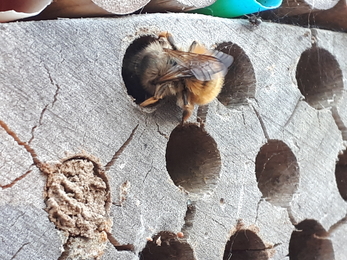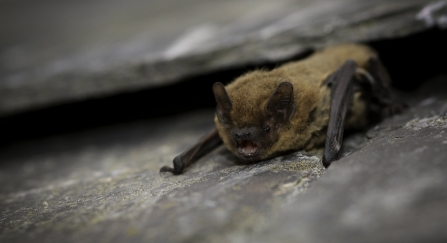Not all of us have a garden or a yard, but that does not mean we can’t experience the joy of spotting and helping wildlife from our own home! Our windows, window boxes and balconies provide a great way to spot birds, bees, butterflies, bats and other flying friends.
Here's what to look out for during the Great Yorkshire Creature Count, and some tips for helping to attract more wild friends!

